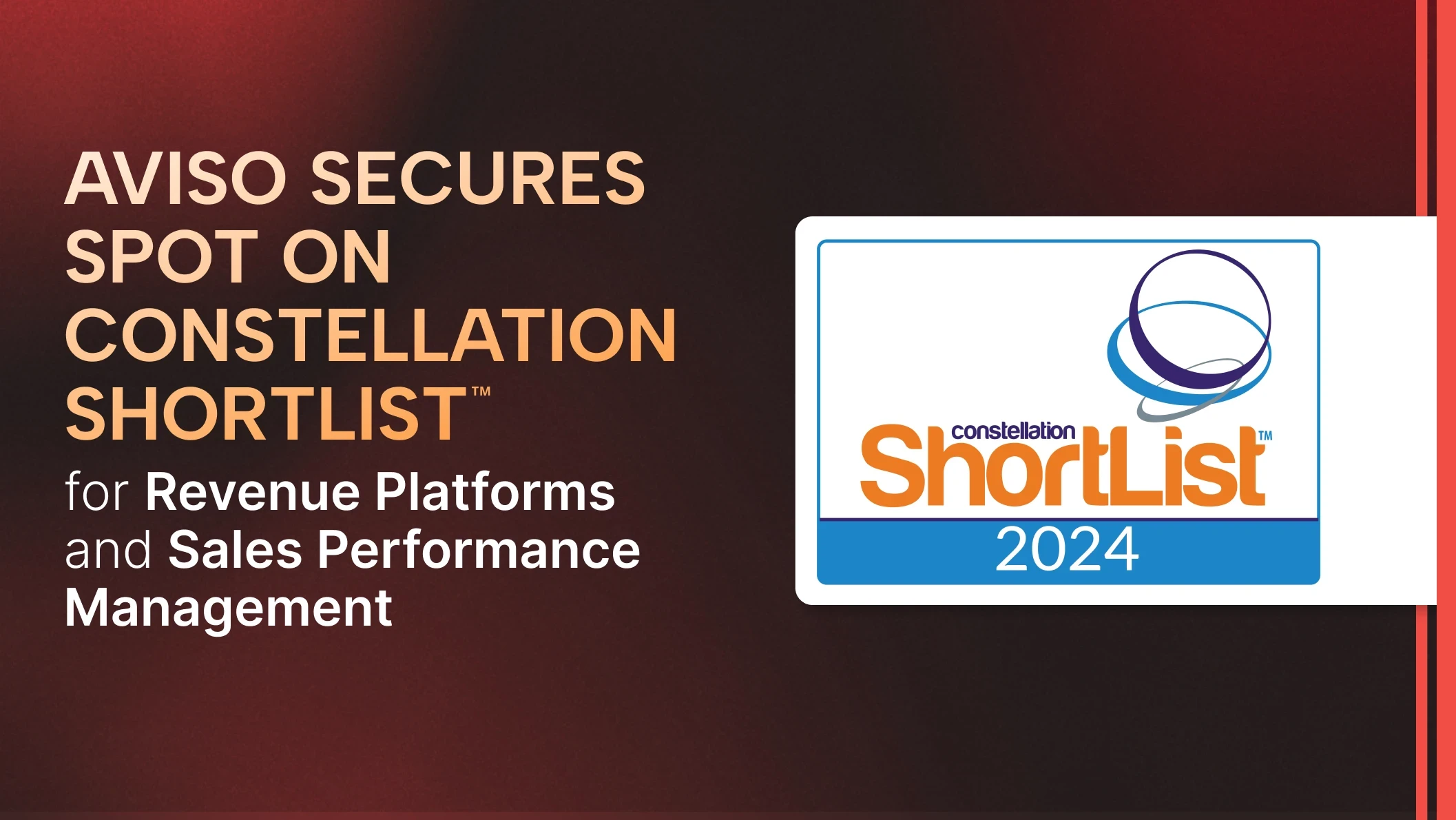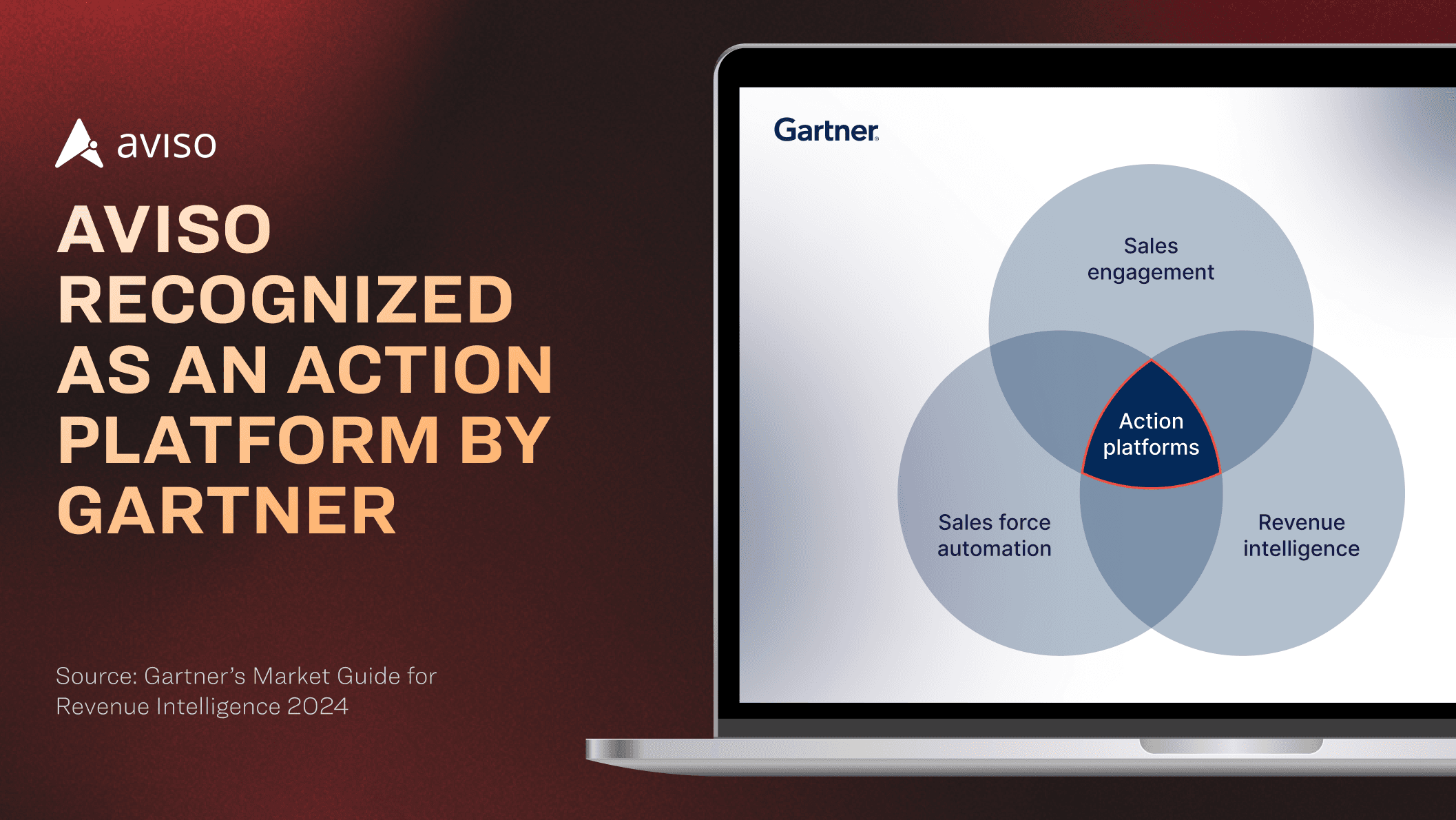How does revenue intelligence simplify sales enablement?
Aug 27, 2023
Revenue intelligence technology is revolutionizing the way businesses approach sales enablement. AI and machine learning algorithms are used to create revenue intelligence technology. This technology can analyze data from various sources, such as CRM systems, email exchanges, and phone conversations. It provides sales teams with actionable insights and data-driven recommendations to help them close deals more efficiently.
In this article, we'll explore how revenue intelligence technology simplifies sales enablement and how businesses can leverage this technology to increase revenue and improve sales performance.
Automated Data Collection
One of the key ways that revenue intelligence technology simplifies sales enablement is by automating data collection. Traditional sales enablement processes often involve manual data input, which can be time-consuming and error-prone.
Revenue intelligence technology automates collecting and analyzing data from various sources. These sources include CRM systems, email exchanges, and phone conversations. Moreover, it does so in real-time.
By automating the data collection process, sales teams can spend less time manually inputting data and more time selling. Revenue intelligence technology can also provide insights into the most relevant and actionable data, helping sales teams prioritize their activities and focus on the deals most likely to close.
Sales Coaching
Revenue intelligence technology offers real-time coaching to sales reps. This helps them to enhance their selling abilities and close more deals. By analyzing interactions with prospects, revenue intelligence technology can provide feedback on areas where the sales rep can improve, such as objection handling or tone of voice.
This sales coaching can be personalized to each sales rep's strengths and weaknesses, helping them to develop the skills they need to succeed. Coaching is beneficial for new or inexperienced sales reps. They usually have a different level of expertise than experienced sales reps.
Deal Insights
Revenue intelligence technology also provides sales reps with insights into the buyer's journey, helping them to understand what works and what doesn't. This includes insights into which content assets were most effective in moving the prospect through the funnel and alerts when there are changes in the deal, such as when the prospect is showing more interest.
By providing insights into the buyer's decision-making process, revenue intelligence technology enables sales reps to craft messaging that resonates with the prospect. This can help sales reps to close deals faster and with higher win rates.
Personalization
Finally, revenue intelligence technology can help sales reps personalize their outreach by providing insights into buyers' intent/interests and preferences. The technology can detect a prospect's interests. If a particular product feature is of interest, the sales rep can adjust their messaging to emphasize it.
Personalization can benefit sales reps. It allows them to build stronger relationships with prospects. This increases their chances of closing the deal. Understand the buyer's motivations. Craft messaging that speaks to their needs and interests. This will create a more engaging, practical, and effective sales experience for the sales rep.
Conclusion
Revenue intelligence technology is changing the game when it comes to sales enablement. Revenue intelligence technology helps sales teams sell more effectively and close more deals. It does this by automating data collection, providing real-time coaching, offering insights into the buyer's journey, and enabling personalization.
Businesses are seeking ways to increase revenue and improve sales performance. Revenue intelligence technology is rapidly becoming an essential tool. Companies can gain a competitive edge and improve their bottom line by leveraging AI and machine learning algorithms.







